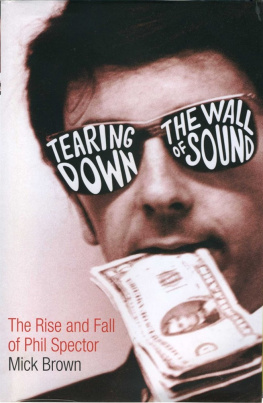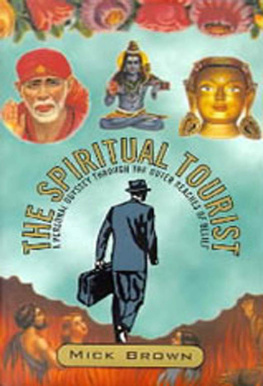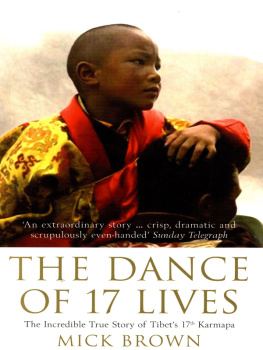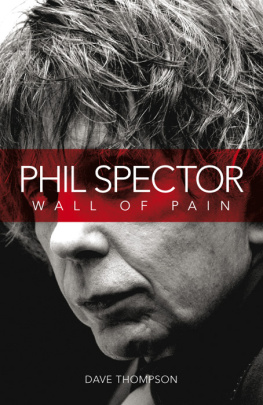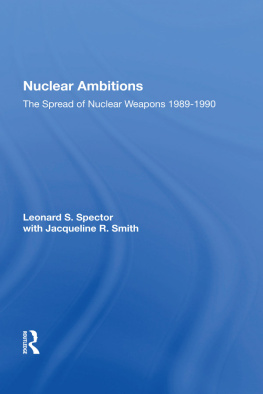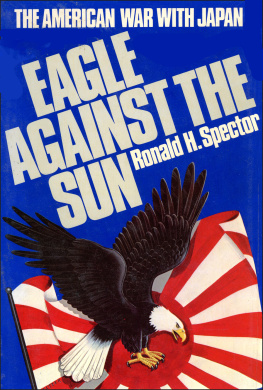The reasonable man adapts himself to the world. The unreasonable man adapts the world to himself. All progress depends on the unreasonable man.
George Bernard Shaw
Authors Note
Tearing Down the Wall of Sound is going into production before opening statements in Phil Spectors murder trial. The chapters about the incident of Lana Clarksons death are based on the information and evidence available at this time and are in no way meant to make any allegations about Phil Spector, or to predict a verdict in the trial.
March 30, 2007
Mr. Spector Likes People to Walk Up
O n an unseasonably warm day in December 2002 I found myself sitting in a room at the Hyatt Hotel on Sunset Strip in Los Angeles, waiting for Phil Spector to call.
It had been thirty-six hours since Id arrived in Los Angeles, to find a message telling me that my meeting with Spector, which had taken some three months to arrange, and was scheduled to take place the following day, had been postponed. It was as if all my worst fears had come to pass.
Between 1961 and 1966, Spectors so-called Wall of Sound made him the most successful pop-record producer in the world, with more than twenty Top 40 hits by such artists as the Crystals, the Ronettes and the Righteous Brothers. In the words of the writer Tom Wolfe, Spector was the first tycoon of teena mercurial and combustible mixture of genius and hustler, a precocious, brilliant and off-the-wall visionary who would change the face of pop music forever.
In a period when most people, even those who made it, regarded pop as disposable ephemera, Phil Spector alone dared to believe it could be art. Marshaling armies of guitars and keyboards and brass and drums, celestial sleighbells, and voices keening like angels, he made records of a hitherto unconceived-of grandeur and majesty, elevating the themes of teenage love and heartache to the epic proportions of Wagnerian operalittle symphonies for the kids, as he put it. Spector crammed emotion into a bottle and uncorked itthe clamorous, joyous noise of a small tyrant unleashing his vision, his revenge, on the world. When, in the late 60s, musical fashion overtook his Wall of Sound, Spector moved on to the biggest pop group in the world, the Beatles. He rescued their valedictory album, Let It Be. He produced Imagine for John Lennon, and My Sweet Lord for George Harrison. Then began the long, slow retreat. In 1979 Spector produced his last album, for the punk rock group the Ramones. And then he was gone. The architect of the Wall of Sound vanished behind another wallof barbed-wire fences, guard dogs and Keep Out: Armed Response signs, of stories about guns and craziness, rumor, half-truth and legendmuch of it, it seemed, of Spectors own creation. The tycoon of teen became rock and rolls most enigmatic recluse.
When in the autumn of 2002 I first contacted Spector, he had not given a major interview in some twenty-five years, and to arrange a meeting involved delicate and protracted negotiations. Letters were dispatched back and forth. Michelle Blaine, Spectors personal assistant, and the daughter of Hal Blaine, the drummer who had played on all of Spectors greatest hits through the 60s, happened to be passing through London, and we met for tea at a Mayfair hotel. She was fiercely protective of her employer. What exactly would be the thrust of the interview? Was I familiar with Mr. Spectors records? How familiar? What had I read about Mr. Spector? I would be aware that there had been a great deal of misreporting about Mr. Spectors life and affairsgossip, scandal; talk of guns, of crazinessall of it exaggeration, myth and lies. Mr. Spector would not countenance any interview that proceeded along those lines.
A week later I was informed that Spector had agreed to talk. My elation was immediately tempered by a deep foreboding that the interview would almost certainly never happen. It was almost to be expected, then, that I should be told on my arrival in Los Angeles that our meeting had been postponed. I sat in my room, awaiting the call that I was now convinced would never come. And then the telephone rang. A car, I was informed, would be collecting me from my hotel at noon. At the appointed hour, a white 1965 Rolls-Royce Silver Cloud, license plate PHIL 500, drew up outside the hotel. A uniformed chauffeur held open the door. Encased in leather and walnut and hidden behind black curtainsa car that could tell storieswe turned onto the Hollywood Freeway, keeling slightly like some stately ocean liner, and headed east.
After some thirty minutes, we turned off the freeway, following the signs for Alhambra, a nondescript, working-class neighborhood of strip malls and scrubby bungalows. The road wound upwards, and further upwards still, ending at last at a set of high wrought-iron gates, posted with Keep Out signs. The chauffeur stepped out to open them, drove through and pulled to a halt at the bottom of a flight of stone steps, the gates closing behind us. Mr. Spector, he said, likes people to walk up. The steps led up through an avenue of lowering pines, the castle visible through the trees.
It was up these same steps that just a few weeks later, in the early hours of Monday, February 3, 2003, Spector would stagger with Lana Clarkson, a sometime actress and model, whom Spector had met just two hours earlier in a Hollywood nightclub. According to the testimony given to the police by Spectors chauffeur Adriano De Souzathe same chauffeur who had driven me from my hotelSpector was apparently inebriated, and Lana Clarkson was like grabbing his arm and shoulder and helping him up the stairs. Now, as I climbed, I had the distinct sense that I was being watched, although I might have been imagining this.
Michelle Blaine was waiting for me at the top. She led me through the front door into a cavernous hallway, wood-paneled and red-carpeted. Later, I would try to bring the details of this hall to mind, to match it with the account of the affidavit filed by Detective Mark Lillienfeld of the Los Angeles Sheriffs Department, reporting the scene that he and other officers had found there in the early hours of February 3.
Your affiant saw the victim slumped in a chair in the foyer of the home. She was wearing a black nylon slip/dress, black nylons, and black shoes. A leopard-print purse with a black strap was slung over her right shoulder, with the purse hanging down on her right side by her right arm. She had what appeared to be a single-entry gunshot wound to the mouth. Broken teeth from the victim were scattered about the foyer and an adjacent stairway. Lying under the victims left leg was a Colt, 2-inch, blue-steel, .38-caliber, six-shot revolver. This weapon had five live cartridges in the cylinder, and under the hammer, a spent cartridge.
I struggle to remember now exactly where in the hall that chair was placed. The affidavit makes no mention of the two suits of armor that I vividly recall, standing sentinelstage props for a fantasy of baronial splendor. Spector was nowhere to be seen. Michelle Blaine led me on a tour of the ground-floor rooms. In the music room there was hi-fi equipment, and a guitar that had once belonged to John Lennon, resting on a stand, like a museum exhibit. A narrow room led off it, a bar lined with framed photographs of Spector with various music business luminaries.
In the sitting room a Picasso drawing hung on the wall beside an original John Lennon sketch. A uniformed maid brought iced water and I settled myself on a sofa beside a coffee table. The affidavit describes the scene that Detective Lillienfeld found in this room.
In a living room just east of the foyer, your affiant saw that candles had been lit atop a fireplace mantel. The coffee table between two couches had a brandy glass partially filled with alcohol, and atop the table was a Jose Cuervo tequila bottle and a partially empty Canada Dry soft drink.

